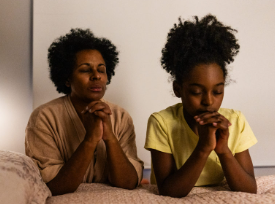Helping children and young people learn personal safety skills is an important part of their overall development. These skills empower individuals to recognize safe and unsafe situations, make thoughtful choices, and seek help when needed. Teaching personal safety in a positive, age-appropriate way builds confidence and supports independence.
Why Personal Safety Skills Matter
Personal safety education helps individuals:
- Develop confidence in their judgment
- Learn how to communicate boundaries clearly
- Build trust in safe adults
- Understand when and how to ask for help
Key Personal Safety Topics
- Understanding Safe and Unsafe Situations
Teach children to notice when something feels uncomfortable or confusing. Help them identify trusted adults they can go to when unsure or in need of support. - Practicing Assertive Communication
Encourage the use of strong, clear language when expressing feelings or saying no. Role-playing can help students practice setting boundaries in a respectful way. - Knowing Trusted Adults
Help students make a list of safe adults at home, school, or in the community who they can turn to for help or advice. - Recognizing Emergencies
Teach what an emergency looks like and how to respond appropriately. This might include learning how to contact a caregiver or call for help when necessary. - Staying Safe in Public Spaces
Discuss age-appropriate ways to stay safe in public places, such as staying with a group, knowing where to get help, and understanding basic rules for going out.
Tips for Teaching Personal Safety
- Keep it Positive
Focus on building confidence rather than fear. Reinforce that personal safety is about making smart choices and knowing when to ask for help. - Use Everyday Examples
Incorporate personal safety messages into daily routines and real-life situations, like crossing the street, going to the park, or speaking with unfamiliar people. - Encourage Questions
Create a space where students feel comfortable asking questions or sharing concerns. Open communication builds trust and understanding. - Repeat and Reinforce
Revisit safety messages regularly. Repetition helps children remember what to do and builds their confidence in using these skills.
Conclusion
Teaching personal safety skills is an ongoing process that helps individuals navigate the world with greater confidence and awareness. By providing supportive guidance and clear information, adults can help children make safe, respectful choices in everyday life.






